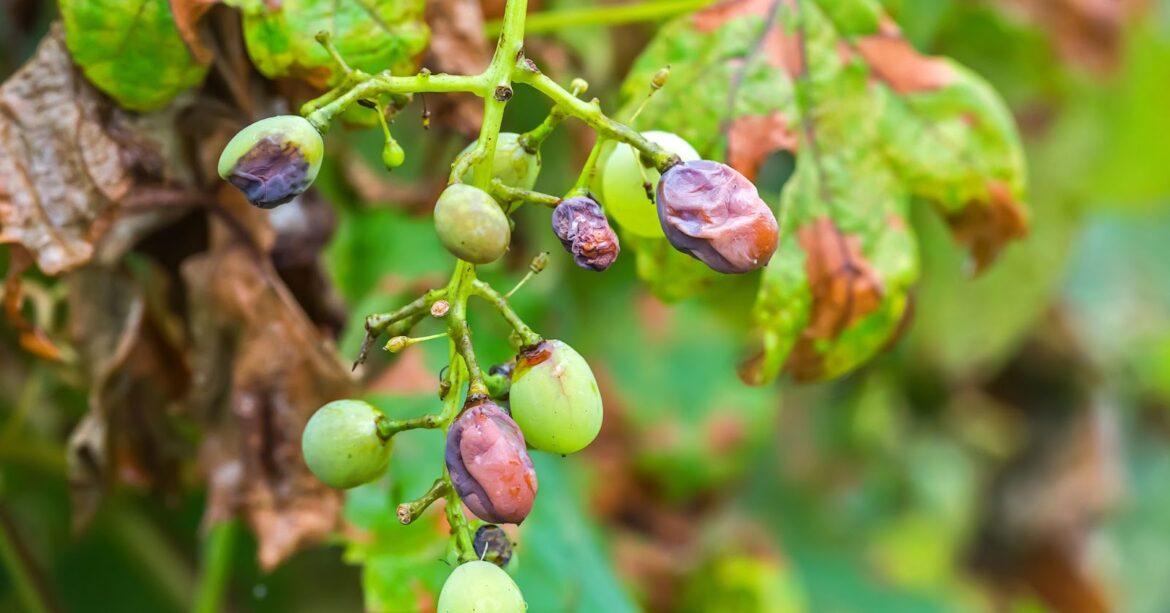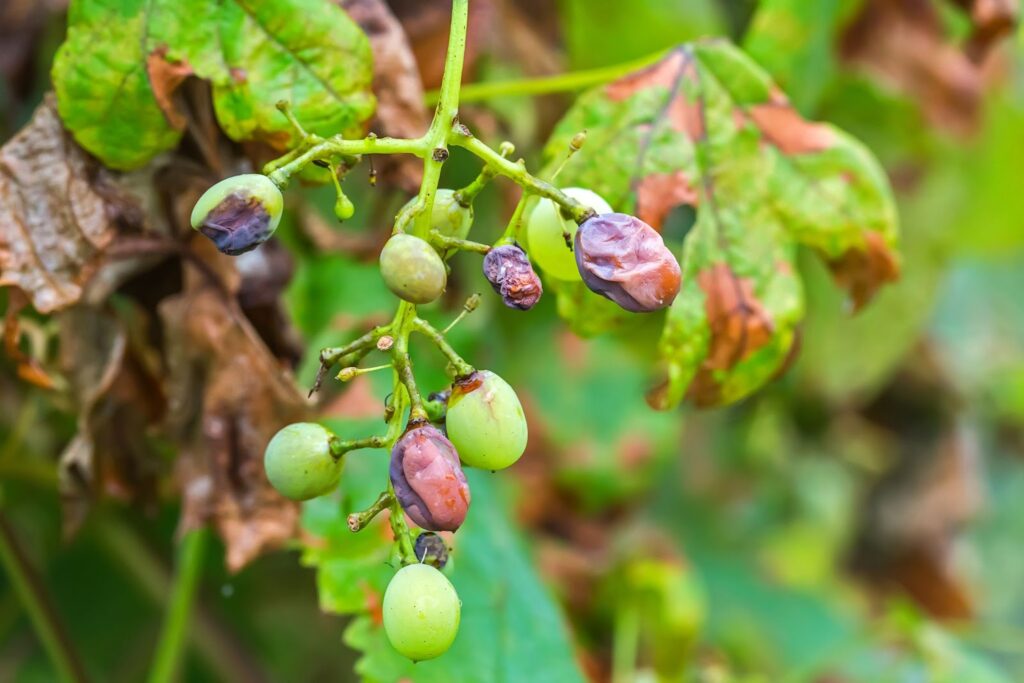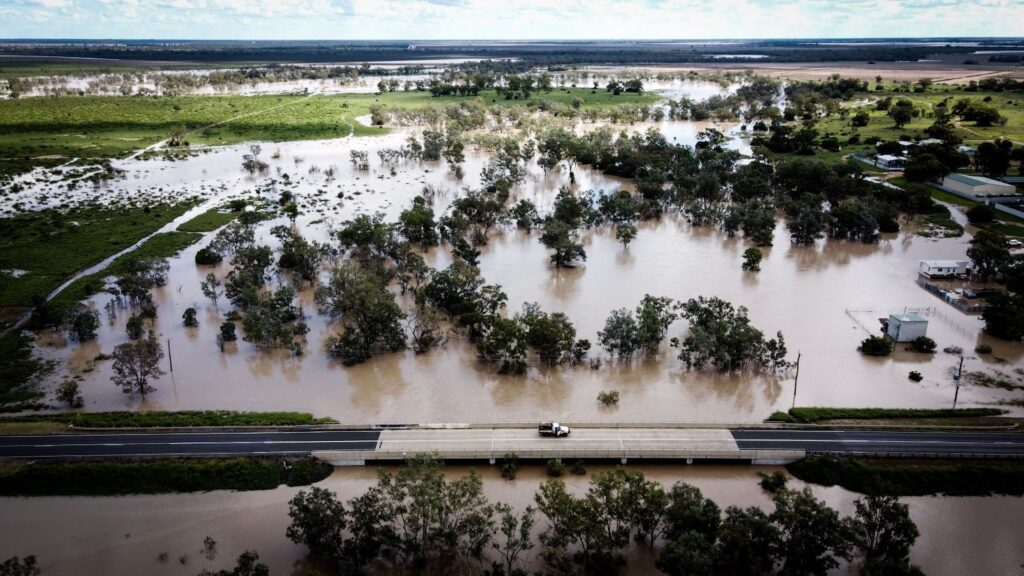Grape Disease a Major Issue for Australian Grape Growers
Downy mildew is a grape disease that sporadically affects crops in Australia most years. It can devastate single vineyards or adversely affect production throughout entire growing regions. In December 2022, growers began to speak of their concerns as the severe effects of downy mildew on grapevines in Australia became obvious. Their concerns came at a time when grape crops were being threatened by flooding as well as falling prey to the danger of downy mildew.
Key points
- Downy mildew is a grape disease that sporadically affects crops in Australia most years. It can devastate single vineyards or adversely affect production throughout entire growing regions.
- Serious widespread grapevine losses from downy mildew in Australia tend to happen every 9-10 years, and fertilisers are used to combat them.
- Wine grape growers in Australia started to speak of catastrophic issues with downy mildew in early summer. At that time, entire blocks of vines were abandoned, and there were fears of severe losses.
- Overall, the combination of extreme rainfall and the spread of downy mildew has had a severe adverse impact on the grape-growing industry in Australia over recent weeks.
What is downy mildew?
Serious widespread grapevine losses from downy mildew in Australia tend to happen every 9-10 years. This major grapevine disease is caused by the plasmopara viticola fungus. The most favourable conditions for the spread of downy mildew are when the weather is wet and warm, so late spring and early summer are the most common times for it to occur. Downy mildew destroys grapevines by rotting berries, clusters, and shoots.
When downy mildew is present, yellow and light green patches appear on the top surface of grapevine leaves. Then the pathogen grows on the underside of the leaves. It has a white and fluffy appearance. Eventually, the lesions on the leaves turn brown and dry. The disease attacks older leaves first.
Most commercial crop varieties are susceptible to downy mildew, and they most often fall victim to the disease from around three to six weeks after the buds burst to when the grapes are the size of peas. The disease is present in all grape-growing areas in Australia and is one of the three diseases that affect grapevines in Australia, together with powdery mildew and botrytis. These pest and disease problems cause significant crop losses in Australia, especially when they are as severe as the downy mildew outbreak has been in recent months.
Australian grapes affected by downy mildew
Wine grape growers in Australia started to speak of catastrophic issues with downy mildew infection in early summer. At that time, entire blocks of vines were abandoned, and there were fears of severe losses. Some growers reported losing around 10-15% of their crops, and others said they had been totally wiped out.
The problems were detected across wine-grape growing areas such as Victoria’s Yarra Valley, the Hunter Valley, and Southern Highlands, and the Murray Valley and Riverland regions. The problem was worsened by the soaring costs of fertilisers and a fertiliser shortage. Some growers who were faced with this cost and sourcing issue, and the rising price of fuel, abandoned crops. In some cases, this led to tension with neighbouring growers as infected spores from abandoned crops blew over fence lines.
There was also the possibility that fruit that was rescued from the downy mildew outbreak could fall prey to botrytis leading to further losses and a downgrading in quality. Experts believe that the outcome of downy mildew this time around will be worse than the problem that followed the 2010/11 floods, and the results could be the most destructive seen following a downy mildew outbreak since the mid-1970s.
Since the mid-1970s, the use of fertilisers has helped to stem the impact of the disease on grape production in Australia and has improved plant health in Australia. However, the ferocious spread of downy mildew, combined with fertliser costs and scarcity has made disease management more difficult this time around.
Wet weather also wiped out many grapes
The presence of moisture does not just help downy mildew to spread, excessively wet conditions also lead to flooding, which damages crops and makes it difficult to harvest. This problem plagued growers in New South Wales (NSW), South Australia, and Victoria, as torrential rain fell.
The rain caused some growers to lose their entire crops while others saw their grape yield reduced by 35-50%. As the rains subsided, so the conditions were perfect for the spread of the downy mildew that decimated grapevines that had survived the flooding. So, those crops that made it through the flooding still had a plant pest enemy to face.
Overall, the combination of extreme rainfall and the spread of downy mildew has had a severe adverse impact on the grape-growing industry in Australia over recent weeks. This impact will continue to be felt as growers strive to recover from the loss of crops. The Australian wine industry could suffer an economic impact as a result. However, it’s too early to tell how significant this impact will be.
1 - 1Share



